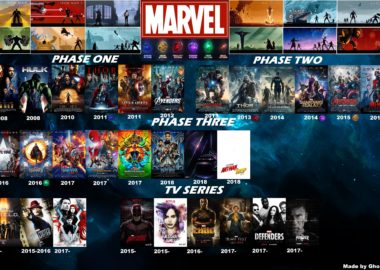
As you embark on any marketing campaign, one of the biggest questions to ask is: is it worth it? Or, in economic terms: what will be my return on investment?
When storytelling is a primary driver of your marketing plan, these may seem like difficult questions to answer. After all, storytelling is an emotional, subjective exercise. Without investing in deep psychological research of our customers, we can’t know how it’s truly affecting them; it’s all just a feeling, and therefore tricky to quantify.
But in tandem with a solid content marketing plan, you can measure the return of a campaign that has story at its centre. Here’s how.
If you can package your business story in a format that is easily shared and consumed … customers and leads will feel this same compulsion to retell it.
Sharing Is Caring
Think about the last story you heard that moved you. Or shocked you. Or angered you. Most likely, you didn’t keep it to yourself, especially if it came to you clearly and well-told. You were compelled to tell it to your friend or spouse or colleague because it meant something to you and you wanted it to mean something to them, too.
If you can package your business story in a format that is easily shared and consumed, whether it’s a book, a video, a stand-out blog post or a visually stunning magazine, customers and leads will feel this same compulsion to retell it — via shares and retweets, reposts and unit sales. And this kind of engagement equals quantifiable success. The more your story resonates, the more top of mind your business becomes.
Calls to Action
It’s the fundamental principal of content marketing: what is it you want your audience to do with what they’ve heard or read or watched?
This may sound obvious, but it bears repeating: at the end of your story (and at steps along the way), it’s important that clear calls to action are present. Whether it’s signing up for your newsletter, downloading your ebook or whitepaper, leaving comments on a social media thread, or encouraging your customers to tell their own stories about your company (such as Coca-Cola did to massive success in 2015 with their #ShareaCoke campaign), you need to guide your customers to those clear and measurable actions so you know your story has been heard.
Let Your Audience Tell Your Story
As the Coke campaign shows, if you can connect to your audience through story, you can begin to rely on them to spread it. With enough emotional resonance, your customers become influencers, encouraging others, often through their own social channels, to pay attention to your brand or evangelize your services. By telling and retelling your story, this kind of consumer-generated advertising becomes a powerful force, one that should not go unmeasured. When it comes to ROI, sometimes it’s not where you’re making money, but where you’re saving it that counts; think of all those resources you’re NOT spending on advertising when your customers are doing it for you.
If you can connect to your audience through story, you can begin to rely on them to spread it.
ROE – Return on Emotion
It’s easy to get wrapped up in the numbers behind your success, especially if that’s what the higher-ups are asking of you to justify a campaign. But it’s important to remember that it’s not all about money either.
As we said at the beginning, storytelling is, by definition, a method of reaching an audience that taps into their emotions, provokes empathy, and resonates deeply with their own personal story. Whatever emotion a particular story triggers, it ignites a gut feeling; as humans we’re prone to listen to those and they often become the basis on which we make our decisions—to spread the word, to engage with a brand, to buy. Hitting these notes with your business storytelling strategy can be considered not just a return on investment but also a return on emotion.
And that, my friends, is priceless.





